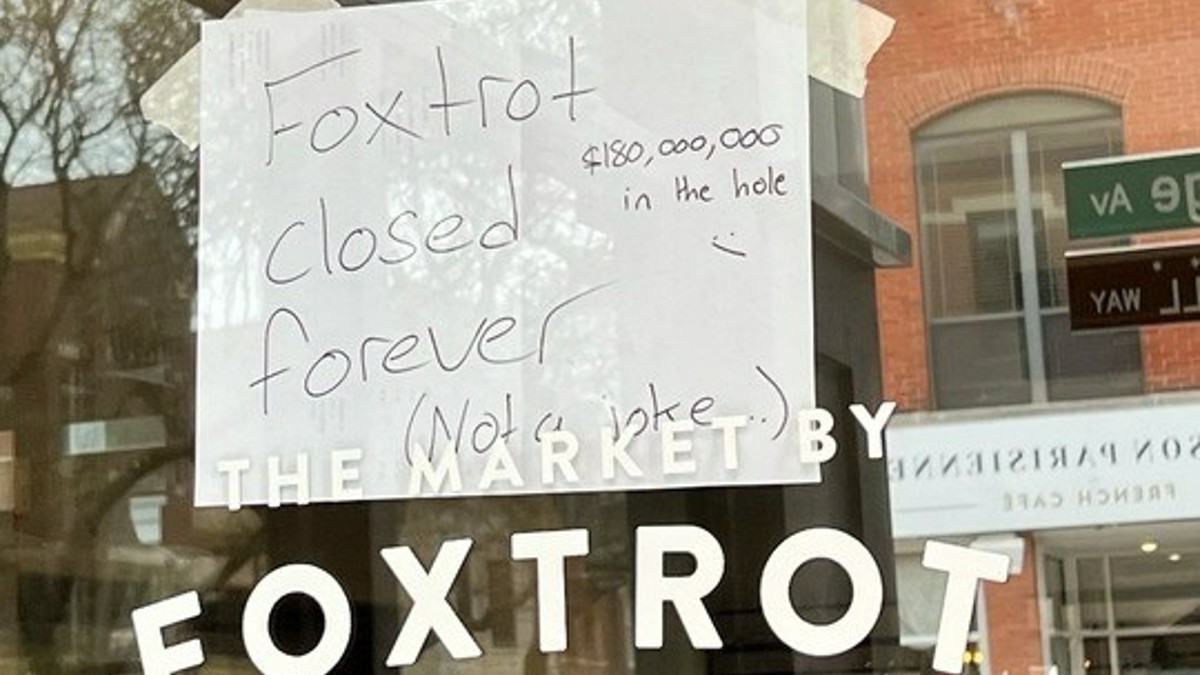The world's most endangered sea turtle is making a remarkable comeback on Padre Island, along the Texas Gulf Coast.
"It was a fabulous year," said Donna Shaver, National Park Service Division Chief of Sea Turtle Science and Recovery at Padre Island National Seashore.
Since April, beach patrols have discovered a record 353 Kemp's ridley sea turtle nests in Texas, including 219 at Padre Island National Seashore.
"I say we didn't just break the record, we smashed the records," said Shaver.
The previous record was set in 2012, when there were 209 nests found in Texas, including 117 at Padre Island National Seashore.
"They take a year or two off in between nesting and this happened to be the year where they were ready," said National Park Service Biologist Cynthia Rubio, "they were fattened up, had good food sources in the gulf, and they all came back this year."
This summer, the National Park Service at Padre Island National Seashore will release about 18,000 Kemp's ridley sea turtles, nearly as many as the last two years combined.
Local
The latest news from around North Texas.
"I'm just amazed, I never thought I would see in my career over 300 turtles here in Texas on our coast nesting," said Rubio, "to see that many Kemp's ridley in Texas has been really rewarding."
The world's smallest sea turtle, the Kemp's ridley was nearly driven to extinction by commercial fishing and harvesting of their eggs.
"This species was almost lost in the blink of an eye because of what people did, but because of what people are doing now they're coming back," said Shaver, "they haven't recovered entirely, but we're seeing some positive signs and that's really encouraging."
Many of the young hatchlings are released when the public can watch them race to the water.
"There's a lot of time that's invested in finding the nesting turtles, protecting the eggs, getting a good hatching success, caring for those eggs and then they're released," said Shaver.
"This is the icing on the cake to get to see them go," said Shaver, "we hope that some of them are going to return back here in 10 to 15 years and come lay their eggs and start the next generation."



